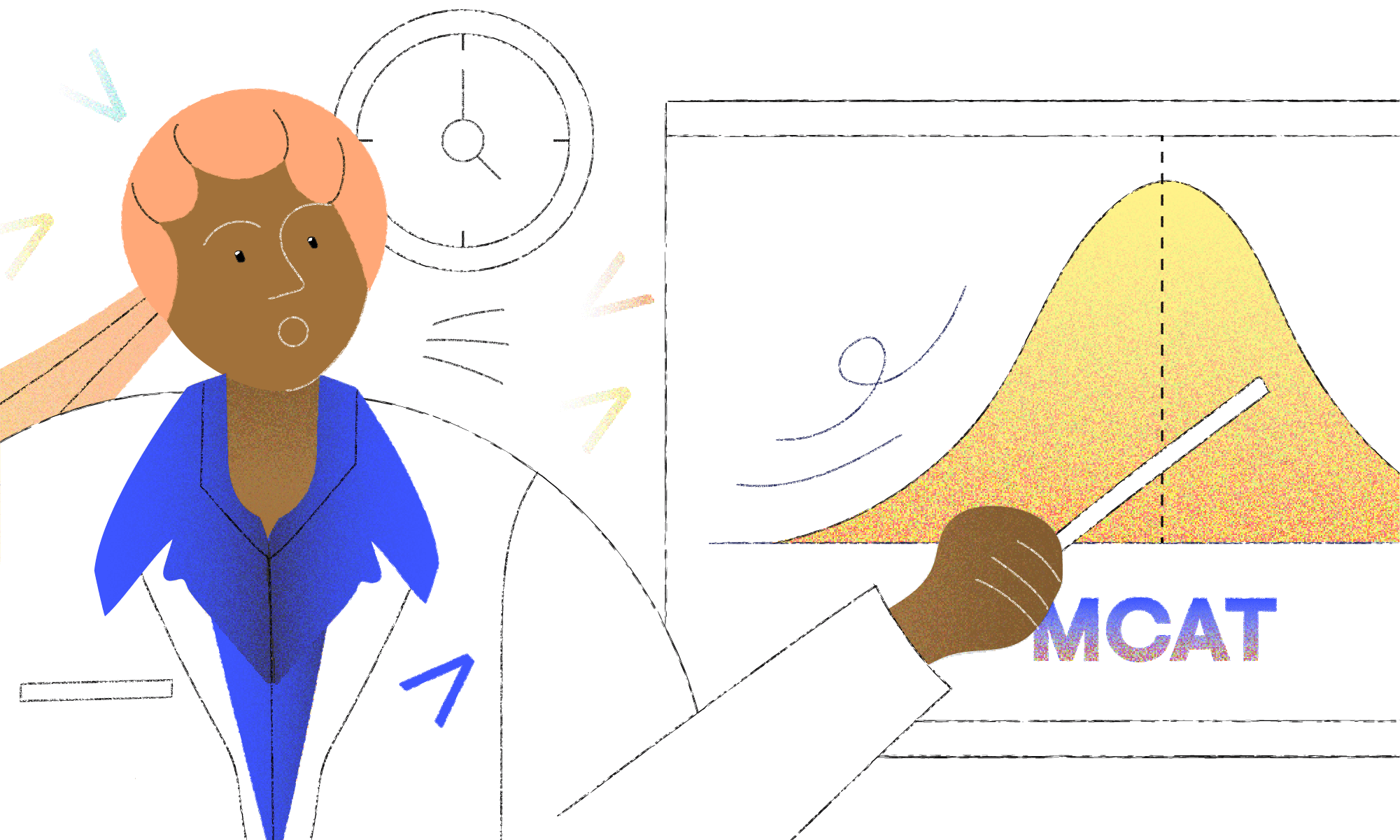
What’s the Real Cost of Medical School?

Becoming a doctor is a dream for many aspiring healthcare professionals. However, the path to becoming a doctor can be long, challenging, and expensive. Attending medical school is one of the most significant investments in this career path. While medical school costs vary based on factors such as location, type of school, and program duration, it is safe to say that attending medical school is a substantial financial investment.
In this blog post, we explore the actual cost of attending medical school, including both the financial and non-financial costs.
Financial Costs of Medical School
The financial costs of medical school are often the most significant concern for aspiring doctors. Medical school is expensive, and the cost of attending can vary based on several factors. The average cost of medical school in the United States is around $159,620 for in-state or public school to $256,412 for out-of-state or private school. However, this is just the average cost, and the actual cost can range from $150,000 to $400,000, depending on the school and program.
The cost of tuition is just one part of the financial investment required to attend medical school. Other costs include room and board, textbooks and study materials, medical equipment such as stethoscopes and scrubs, and additional fees such as licensing exams and travel expenses.
One of the significant challenges of attending medical school is that it can be challenging to work while completing the program. Medical school is a full-time commitment that often includes long hours of studying and clinical rotations. This means that many medical students take out loans to cover tuition and living expenses.
While taking out loans can be an effective way to finance medical school, it can also result in significant debt. According to a report, the average medical student graduates with over $200,000 in student loan debt. This debt can take years, if not decades, to pay off and significantly impact a doctor’s financial future.
While the above discussion is all about cost of medical school after being selected or registered. However, it is note worthy their there is a prior investment of time and money including preparing for MCAT and attempting the test.

Non-Financial Costs of Medical School
The financial costs of attending medical school are significant, but there are also non-financial costs to consider. Medical school is a challenging and demanding program that requires a considerable amount of time and dedication. Here are some of the non-financial costs of attending medical school:
Time Commitment
Medical school is a long and demanding program that requires a significant time commitment. The program can last four to six years, depending on the school and program. Students are expected to complete clinical rotations, attend lectures and seminars, and study for exams during this time. This can leave little time for other activities such as hobbies, socializing, or even taking care of personal responsibilities.
Emotional Toll
Medical school can take a significant emotional toll on students. The program is designed to challenge students mentally and emotionally, and the pressure to succeed can be intense. Students are often required to deal with difficult patients, make life-and-death decisions, and work long hours, which can be emotionally draining.
Physical Demands
Medical school can also be physically demanding. Students must attend clinical rotations, which can involve standing for long periods, working long hours, and being on call. This can lead to physical exhaustion and fatigue.

Is Medical School Worth the Investment?
Given the significant financial and non-financial costs of attending medical school, many aspiring doctors may wonder if it is worth the investment. The answer to this question ultimately depends on each individual’s goals and priorities.
The financial investment required to attend medical school is worth it for many doctors. Becoming a doctor can provide:
- Financial security
- Job stability
- Opportunity to make a significant difference in people’s lives
Doctors are highly respected members of society, providing many opportunities for personal and professional growth.
In addition to the financial benefits, becoming a doctor can be personally fulfilling. Doctors can make a difference in people’s lives by providing medical care and improving health outcomes. This can be a rewarding experience that offers a sense of purpose and fulfillment.
However, it is essential to consider the significant financial investment required to attend medical school. As previously mentioned, the average medical student graduates with over $200,000 in student loan debt. This debt can take years, if not decades, to pay off and can significantly impact a doctor’s financial future.
Ultimately, the decision to attend medical school is a personal one that requires careful consideration of both the financial and non-financial costs. It is essential to research different schools and programs to find one that fits your goals and priorities.

Conclusion
Attending medical school is a significant investment that requires financial and non-financial costs. The tuition, textbooks, and other fees can add up quickly, and many medical students take out loans to cover the expenses. However, there are also non-financial costs to consider, such as the program’s program’s time commitment, emotional toll, and physical demands.
Despite the significant investment required, becoming a doctor can provide financial security, job stability, and the opportunity to make a substantial difference in people’s lives. It is essential to carefully consider the costs and benefits of attending medical school and research different schools and programs to find one that fits your goals and priorities.
Frequently Asked Questions (FAQs)
→ Can I attend medical school without taking out student loans?
While attending medical school without taking out student loans is possible, it can be challenging. Medical school is a full-time commitment that often requires significant financial resources. Scholarships, grants, and other financial aid can help reduce the cost of attendance, but taking out some loans may still be necessary to cover the expenses.
→ How can I reduce the cost of attending medical school?
There are several ways to reduce the cost of attending medical school. Some options include attending a public medical school, applying for scholarships and grants, working part-time while in school, and living frugally to reduce living expenses.
→ How long does it take to pay off medical school debt?
The time it takes to pay off medical school debt can vary depending on several factors, such as the amount of debt, interest rates, and repayment plan. Most medical students take 10 to 30 years to pay off their debt, but it is possible to pay it off sooner by making extra payments or choosing a more aggressive repayment plan.
→ Is the cost of attending medical school worth it?
The answer to this question ultimately depends on each individual’s goals and priorities. While attending medical school is a significant financial investment, becoming a doctor can provide financial security, job stability, and personal fulfillment. It is essential to consider both the financial and non-financial costs of attending medical school and weigh them against the potential benefits before deciding.




Was this article helpful?
Still got a question? Leave a comment